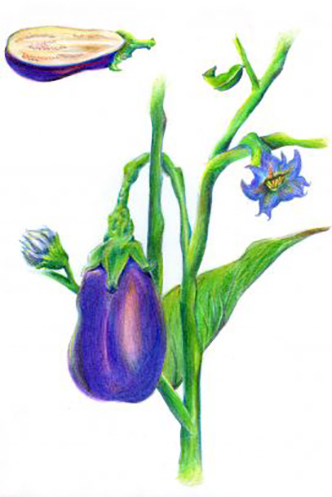Art, science come together in life science visualization minor

Undergraduate students at the University of Illinois at Chicago are studying life science visualization, or Life Sci Viz, thanks to a minor launched last year by the College of Applied Health Sciences. The new minor brings together biological and physical sciences, engineering, art and health care fields to teach students how to visualize science.
While the college’s Biomedical Visualization Graduate Program — one of only four accredited medical illustration programs in North America — was established nearly 100 years ago, the minor launched just one year ago in January 2019. UIC’s Samantha Bond is overseeing the minor, which she said was developed to meet student demand.
“It was heartbreaking to see how often undergraduate students felt they had to pick between the arts and the sciences,” said Bond, clinical assistant professor of biomedical and health information sciences and physical therapy. “We developed this program so that students from any discipline can learn the skills needed to collaborate with others and to produce accurate, eye-catching creative work that represents topics in science.”
The courses for the Life Sci Viz minor are open to any student as long as prerequisites are met.
Three Life Sci Viz students share how the Life Sci Viz minor helped them refined their career goals: